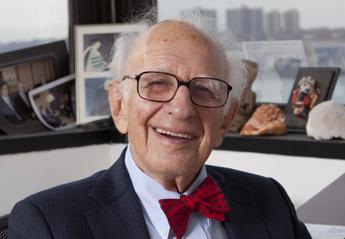Peter the Great, 17th Century Russian Architectural Revolution
Title: "Peter the Great and His Transformative Impact on 17th Century Russian Architecture"In the 17th century, Russia was a nation steeped in tradition and……
Title: "Peter the Great and His Transformative Impact on 17th Century Russian Architecture"
In the 17th century, Russia was a nation steeped in tradition and conservatism. The country was governed by the Tsarist autocracy, and the architectural landscape reflected this staid ethos. However, one ruler's vision and determination would irrevocably change the face of Russian architecture, forever altering the nation's cultural and architectural trajectory: Peter the Great.
Peter I, born in 1672, ascended to the Russian throne in 1682. His reign marked the beginning of a transformative era, one that would see Russia shed its medieval shackles and embrace the modern world. Peter the Great's vision for Russia was ambitious and far-reaching, encompassing not just political and social reforms but also a dramatic overhaul of the country's architectural landscape.

The Tsar's vision for a modern Russia was not merely a desire to adopt Western European styles; it was a profound statement of intent. Peter sought to break away from the constraints of traditional Russian architecture, which was characterized by its simplicity, utilitarianism, and lack of ornamentation. Instead, he looked to Western Europe, particularly to the Baroque and Rococo styles, for inspiration.
Peter's architectural projects were monumental in scale and ambition. Perhaps his most famous undertaking was the construction of the Summer Garden in St. Petersburg. This sprawling complex, designed by the Italian architect Francesco Trevisan, was a masterpiece of Baroque design. The garden's intricate water features, ornate fountains, and grandiose palaces were a stark contrast to the utilitarian simplicity of traditional Russian architecture.

Peter's architectural projects were not limited to the realm of public spaces. He also commissioned the construction of several palatial residences, including the Catherine Palace and the Peterhof Palace. These grandiose structures were adorned with elaborate facades, gilded domes, and ornate details, reflecting the opulence and grandeur of Western European architecture.
Peter's architectural legacy extended beyond the construction of individual buildings. He also established the Academy of Sciences, which would later become the St. Petersburg Academy of Fine Arts. This institution played a pivotal role in the development of Russian architecture, providing a platform for the exchange of ideas and the training of architects.

Peter the Great's transformative impact on 17th century Russian architecture cannot be overstated. His vision for a modern Russia, infused with the grandeur and opulence of Western European architecture, set a new course for the country's cultural and architectural development. His architectural projects not only altered the physical landscape of Russia but also symbolized a broader cultural shift, one that would shape the nation's identity for centuries to come. Peter the Great's legacy as an architect and visionary remains a testament to his enduring impact on Russia and its place in the world.